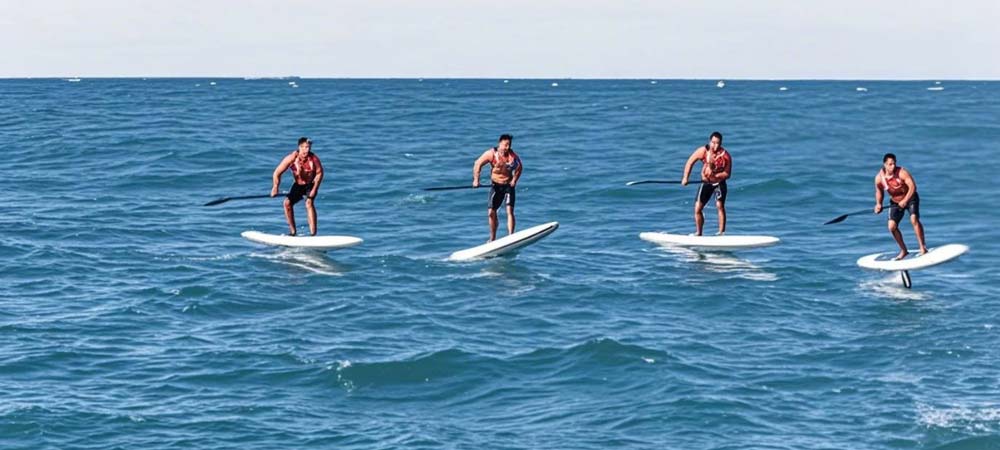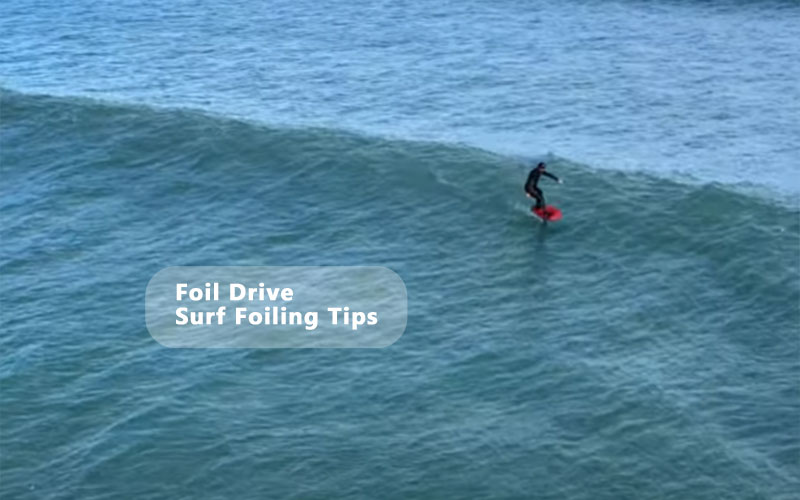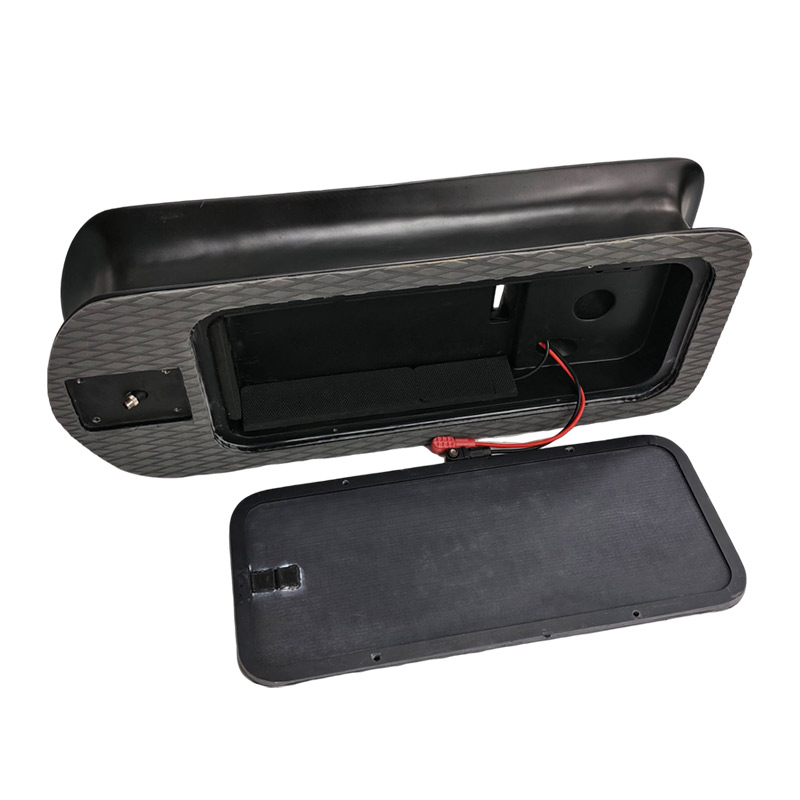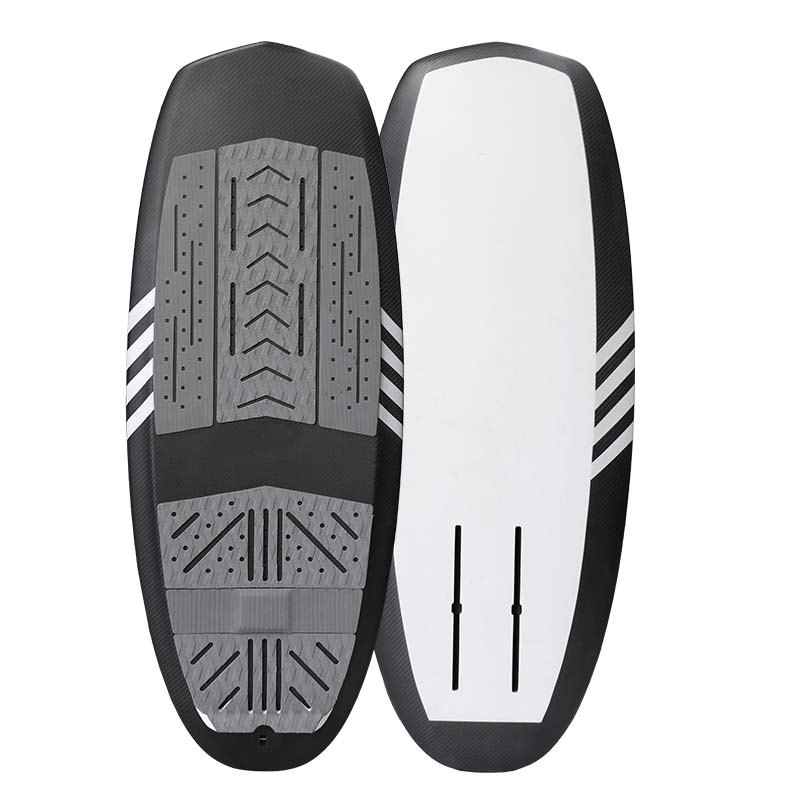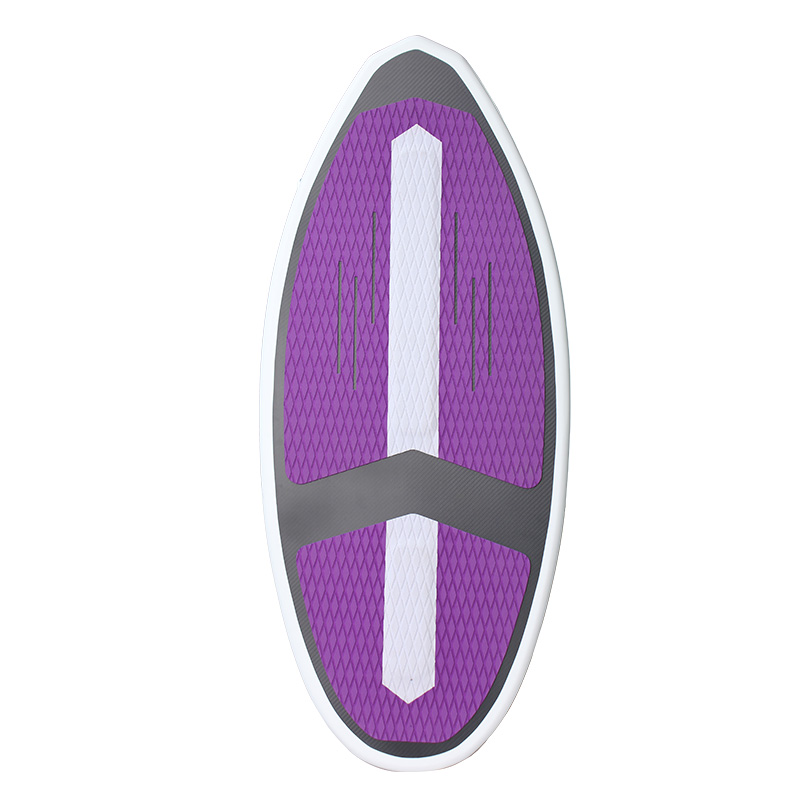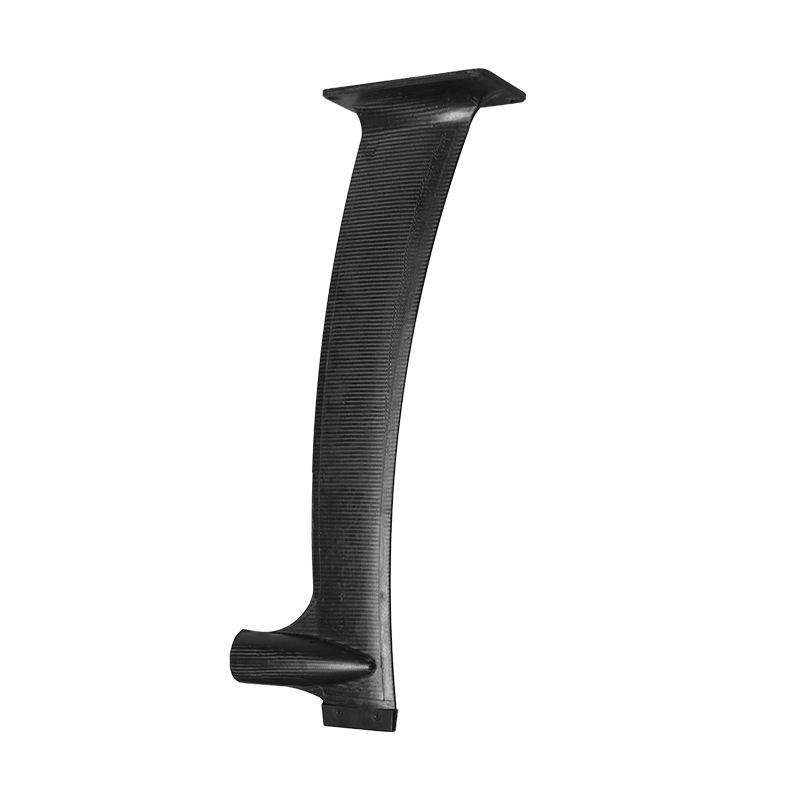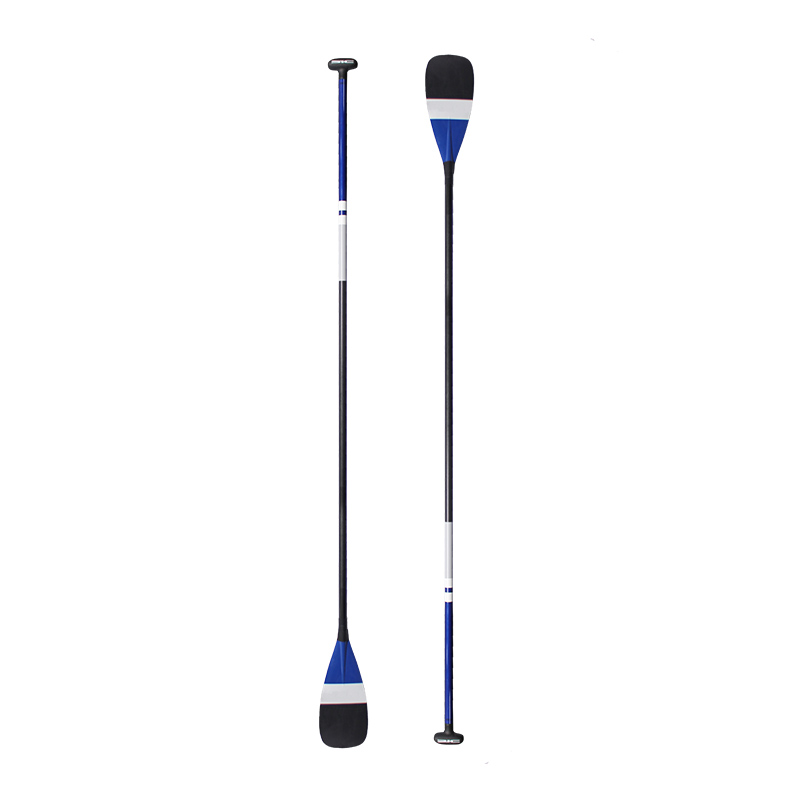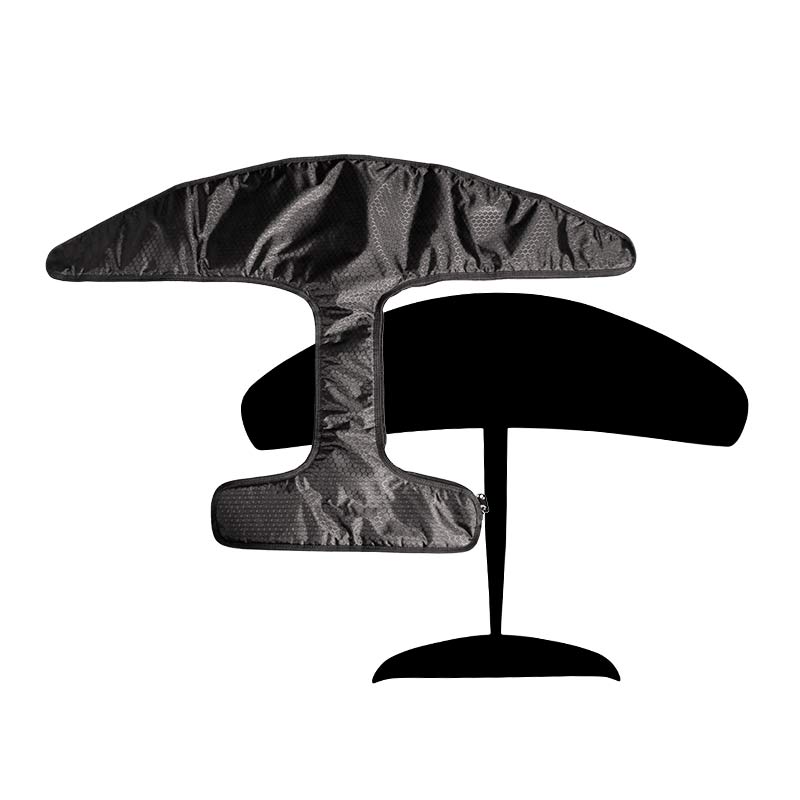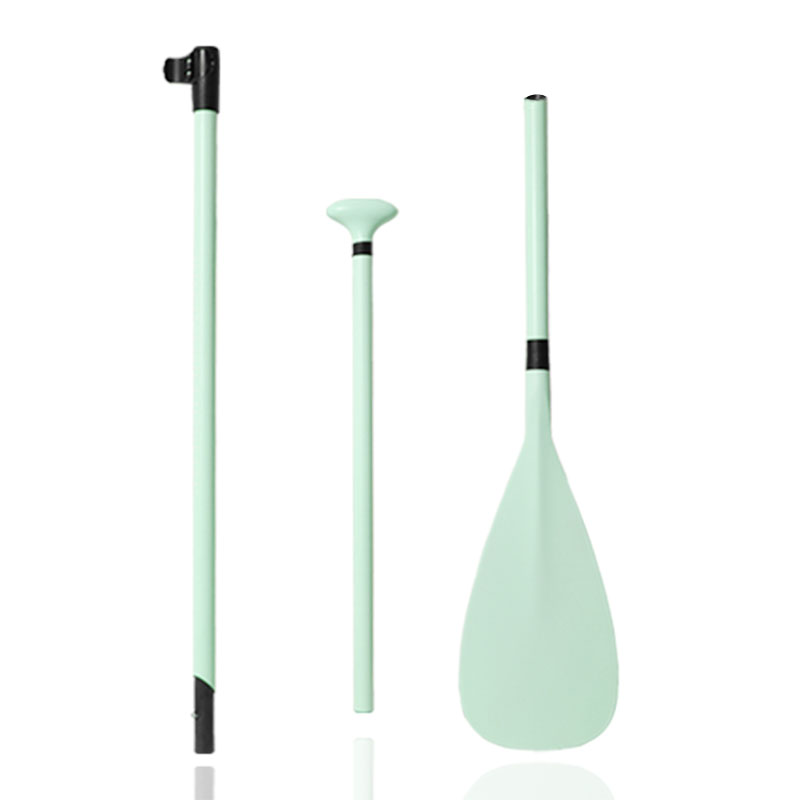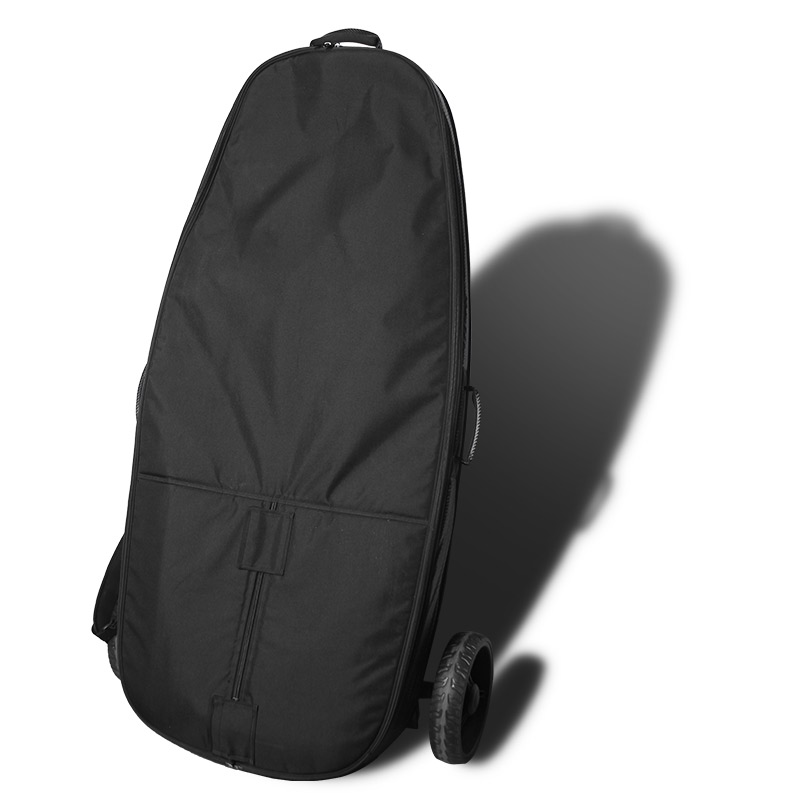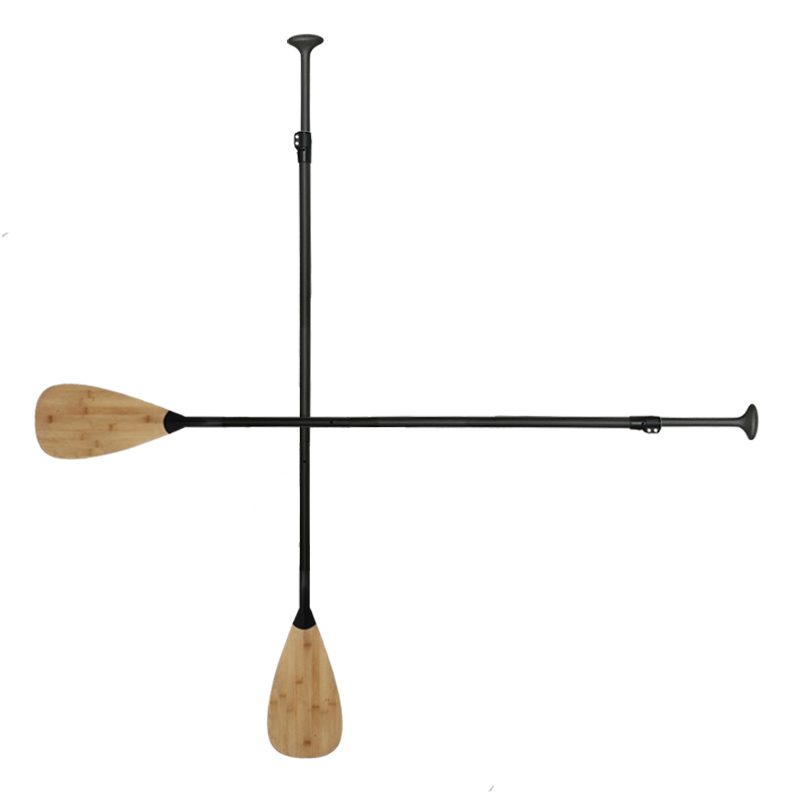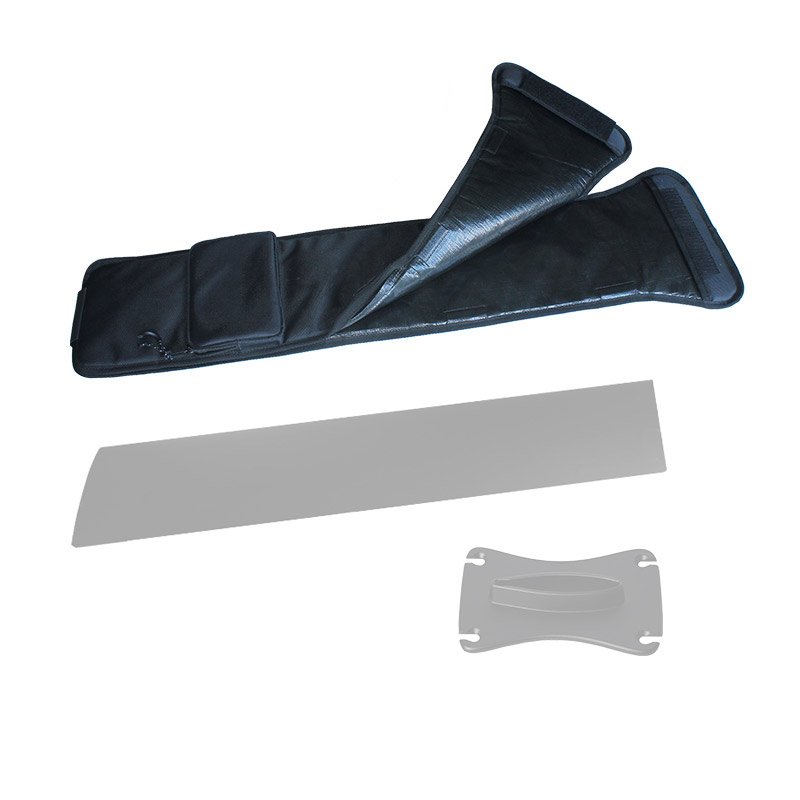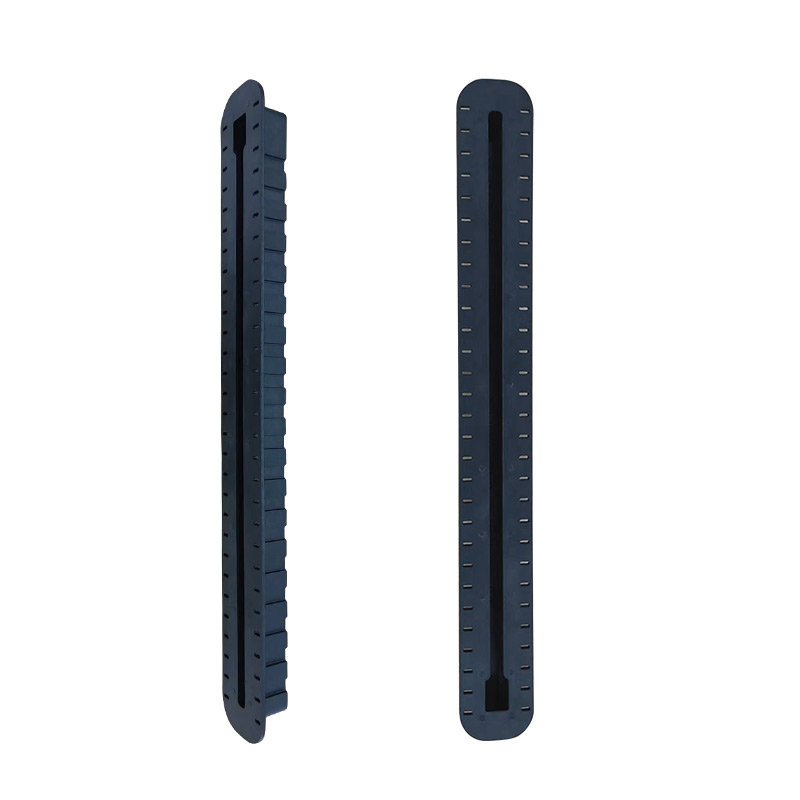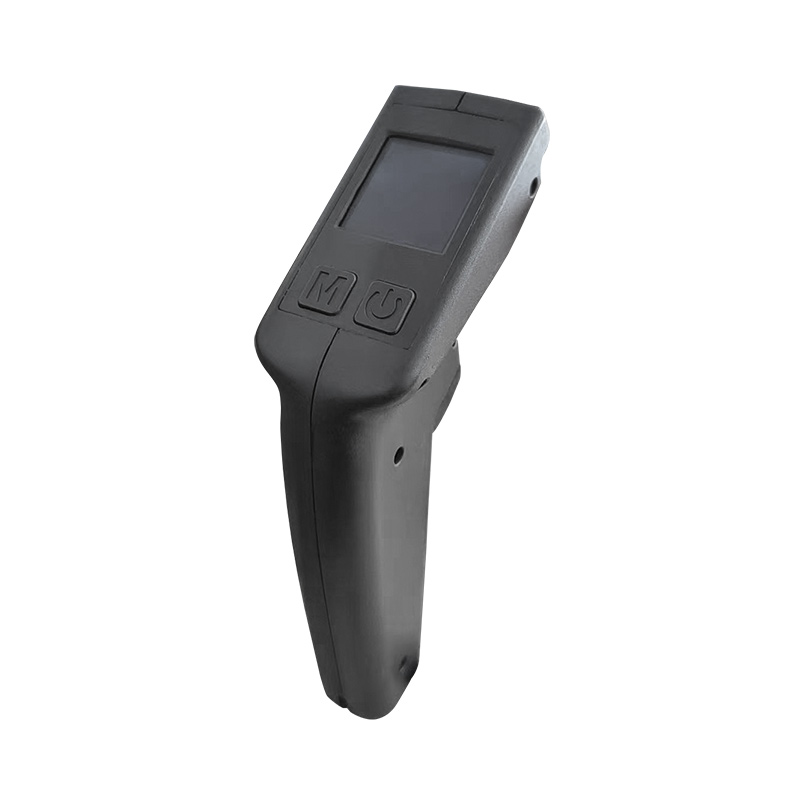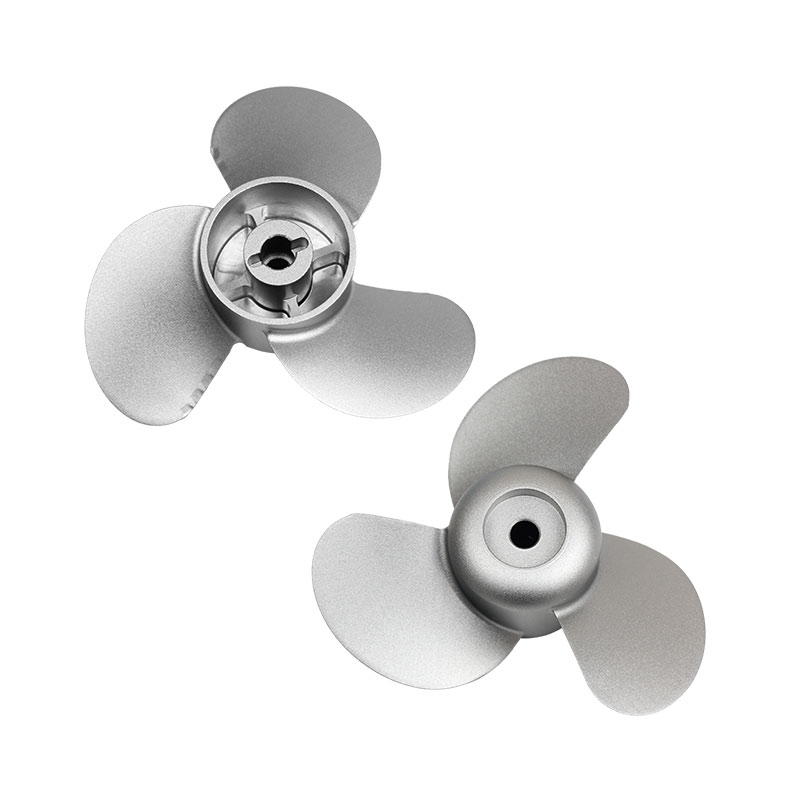How to start SUP foiling? Today, we will be covering essential tips to guide you get started with SUP foiling, especially if it’s your first time trying it.
7 Tips for SUP Foiling
Many of you might already have foil kits, possibly due to your interest in wing foiling. Now, you’re likely looking to take it to the surf with your SUP foil. SUP foiling can be challenging, but it’s also incredibly rewarding. By following a few key tips and taking your time, you’ll find it much easier. This article serves as an overview of the major things you need to consider before heading out on your first wave, especially for beginners.

Choose Your SUP Foiling Equipment
When it comes to your stand up paddle SUP foiling gears, you don’t need top-of-the-line equipment. It’s best to start with gear that’s easy to use.
For the sup foilboard, you want something stable, ideally 6 feet or longer. A longer board will paddle in a straighter line, making it easier to manage in the different water types, such as the flatwater, seawater, etc. A very short board might not be the best choice at first.
For the foil, like wing foiling, you should choose a larger, more stable foil. Smaller foils are harder to get up and running, and you’ll be starting off in smaller, weaker waves, so a larger front foil is preferable. If you’re unsure about board and foil choices, check out some of our other articles for more guidance.
Foot Straps: To Use or Not to Use
Whether to use foot straps is a personal preference. In this guide, I’m using the board without straps, which I find comfortable, but some riders may prefer foot straps for added control. A front foot strap can provide more stability and give you a clear reference point for where your foot should be. However, some of you may not enjoy being in foot straps, especially if you come from wind surfing, where straps are common. The choice is yours, but having the option to use foot straps is always a good idea for better control.
Additionally, don’t forget to bring the right safety equipment: a paddle, a straight leash (not a coiled one), and a helmet. A helmet is especially important for your confidence, as it provides protection if you fall and hit your head. With a helmet on, you can focus on learning and improve your foiling faster.
Right Location and Waves For SUP Foiling
Whether it is SUP downwind foiling, wing foiling, or windsurf foiling, finding the right location is crucial. The first thing to be aware of is the other people in the water. It’s essential to find a spot with minimal crowding, where you can focus on your learning. When it comes to wave conditions, avoid large, powerful waves at first. Look for smaller, waist-high waves that are deep enough for your foil to be fully submerged.
Ideally, you want waves that steepen before breaking, but some people might not have access to those kinds of waves. If you’re in a place with softer, mellower waves, that’s perfectly fine, as long as they break far enough out from the shore.
Understanding How the Foil SUP Works
Before you dive into the surf, take some time to understand how the foil works under your board. The foil acts like an airplane wing. If you lean back, the foil will rise; if you lean forward, it will descend. Similarly, leaning left or right will make the board turn. It’s essential to get a feel for the foil’s movement.
Once you’re on the water, you’ll need to paddle with the correct surf stance. Unlike a typical SUP stance, where your feet are parallel, you should position yourself with your body sideways, like you would on a surfboard. This stance should be mastered before you enter the new waves.
To start, practice paddling in this surf stance on flat water. Work on balancing, turning, and getting comfortable with the board and foil setup. A wide stance with your feet positioned towards the front and back of the board will give you better stability. Once you feel confident paddling in that position, you’ll be ready for the waves.
Catching Your First Wave
Once you’ve selected a wave and are in your surf stance for SUP foiling, you’re ready to catch it. When the wave comes, don’t try to foil just yet. For your first wave, keep the board flat on the water and focus on riding it without lifting off. Lean your weight onto your front leg as you catch the wave and keep the board stable.
On your next wave, you can try leaning back slightly or keeping a neutral stance. This will help the foil lift off the water. As the foil begins to lift, try to flatten it out to avoid flying too high. If you find yourself going up too high, gently lean on your front leg to bring the foil back down.
I have written a post on how to read the wave, if you are interested, click the link to see the details.
Building Confidence and Control
As you progress, work on increasing the duration and height of your flights. The more time you spend in the air, the more comfortable you’ll become with controlling the SUP foil. You’ll be able to steer left and right, and eventually, you can try flying higher. However, don’t worry about getting too high initially—it’s important to control the foil at lower heights first.
Remember, wave selection is key to a successful session. Always choose a wave that’s just right—not too steep, and don’t rush into it just because it’s there. If the wave starts getting too steep, back off and try another one. If the wave is too steep, a safer option is to wait for the white water to come in, then catch that for a gentler ride.

Safety and Falling Off
When you crash or fall off your foil, it’s essential to get away from it quickly. Always make sure you kick the board towards the beach, where there are no other people in the water. If you fall, try to avoid contact with the foil or board. By staying aware of where your gear is, you can avoid injury. If you’re flying higher, the chances of a fall increase, but as long as you’re careful, you should be able to avoid hitting your foil.
SUP Foiling Conclusion
To summarize, start with a floaty, stable board that’s easy to paddle in a straight line. Use a large, stable foil and don’t worry about big waves. Master the surf stance on flat water before entering the surf, and be mindful of wave selection. During your first few waves, avoid trying to foil. Just focus on riding the wave. Once you’re comfortable, try to lean about to lift the foil and bring it back down. As you gain confidence, you’ll be able to control your foil better and fly higher. Most importantly, always be aware of the wave conditions and take it easy.
SUP foiling is a fantastic aspect of our sport. It helps you get more time on the water and improves your paddling skills. Even in less-than-ideal conditions, you’ll become a more confident rider. Their 6’3” foil stand up paddle board is an excellent choice for getting into SUP foiling, offering stability at an affordable price point.
I hope you found this article informative. If you have any questions or comments about foil sup surfing, feel free to leave them below. If you are interested in custom SUP foiling products, like the carbon fiber SUP paddles or foilboard, welcome to contact us without any hesitation.



